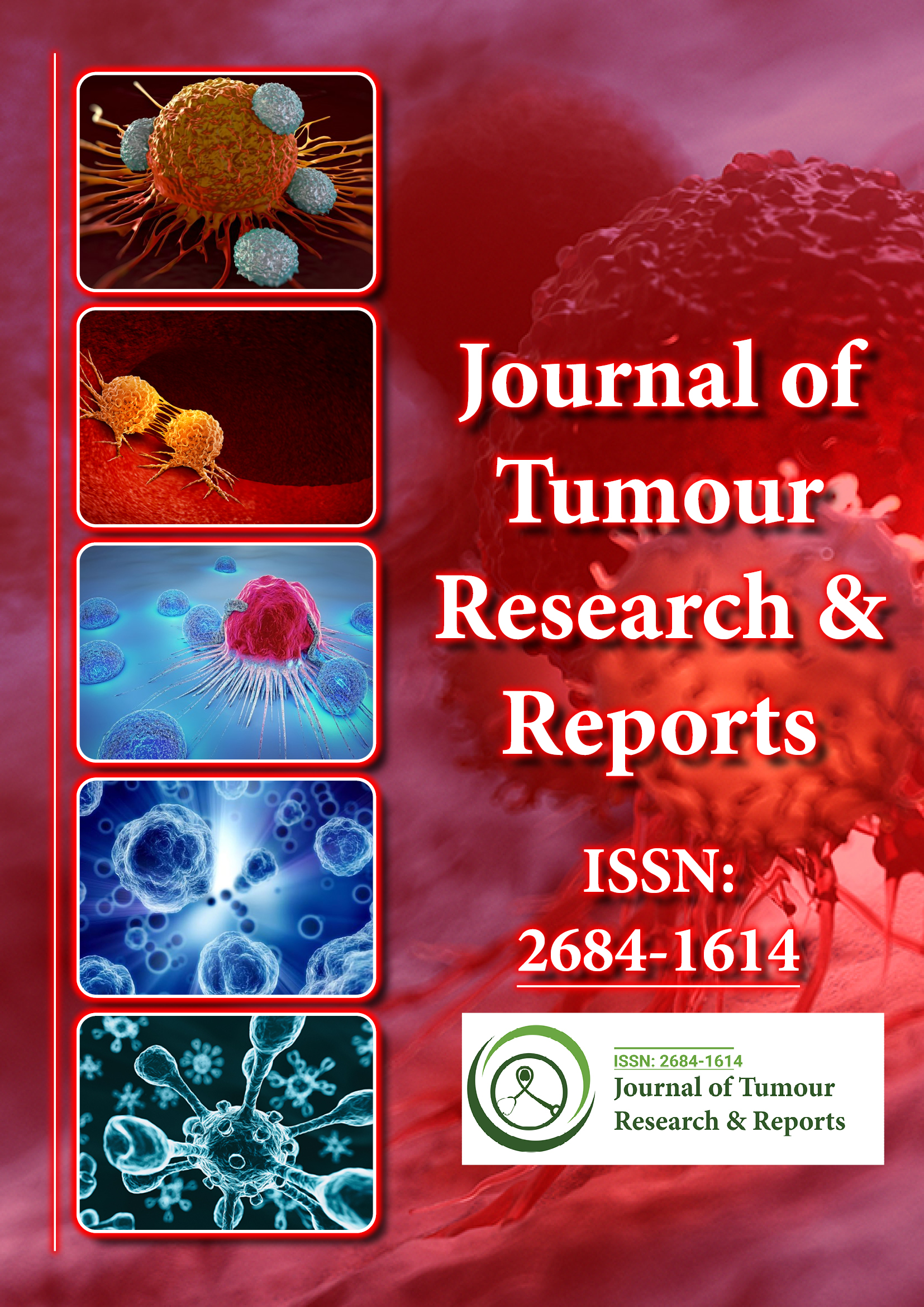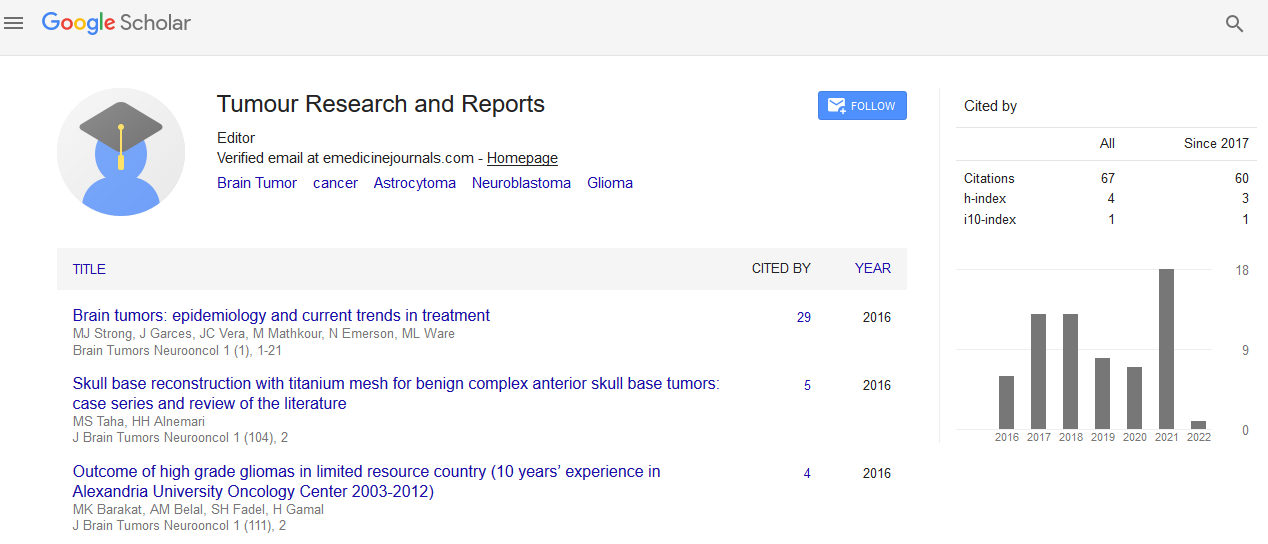Indexed In
- RefSeek
- Hamdard University
- EBSCO A-Z
- Google Scholar
Useful Links
Share This Page
Journal Flyer

Open Access Journals
- Agri and Aquaculture
- Biochemistry
- Bioinformatics & Systems Biology
- Business & Management
- Chemistry
- Clinical Sciences
- Engineering
- Food & Nutrition
- General Science
- Genetics & Molecular Biology
- Immunology & Microbiology
- Medical Sciences
- Neuroscience & Psychology
- Nursing & Health Care
- Pharmaceutical Sciences
Perspective - (2024) Volume 9, Issue 4
Effects of Air Pollution on the Incidence of Liver Cancer: A Growing Concern
Wang Liang*Received: 29-Nov-2024, Manuscript No. JTRR-24-27825; Editor assigned: 02-Dec-2024, Pre QC No. JTRR-24-27825 (PQ); Reviewed: 16-Feb-2024, QC No. JTRR-24-27825; Revised: 23-Dec-2024, Manuscript No. JTRR-24-27825 (R); Published: 30-Dec-2024, DOI: 10.35248/2684-1614.24.9.240
Description
Air pollution has long been recognized as a significant environmental risk factor for respiratory diseases and cardiovascular conditions. However, recent studies are increasingly highlighting its potential role in the development of cancers beyond the lungs, including liver cancer. The relationship between air pollution and liver cancer is a complex one, involving various environmental, biological and socioeconomic factors. While the link between air pollution and respiratory cancers has been well-established, the connection between pollution and liver cancer remains an emerging area of research. This article explains the potential mechanisms behind this association, explores current evidence and calls for greater attention to this pressing public health issue.
Liver cancer, also known as Hepatocellular Carcinoma (HCC), is one of the leading causes of cancer-related deaths worldwide. Risk factors for liver cancer include chronic viral infections, heavy alcohol consumption, obesity and exposure to certain chemicals, such as aflatoxins. However, there is growing evidence suggesting that air pollution may also contribute to the development of liver cancer. This possibility has raised alarms, given the rising levels of air pollution, particularly in urbanized areas.
The primary components of air pollution are fine Particulate Matter (PM2.5), Nitrogen Dioxide (NO2) Sulfur Dioxide (SO2), Carbon Monoxide (CO) and ground-level ozone. Among these, PM2.5 has garnered significant attention due to its size and ability to penetrate deep into the lungs and bloodstream, potentially leading to systemic effects. When inhaled, these pollutants can cause oxidative stress, inflammation and DNA damage, which are well-established pathways for cancer development. Although the liver is not directly involved in the respiratory system, the toxic effects of these pollutants can affect the liver indirectly through their influence on the immune system, metabolism and inflammatory responses.
A significant body of research suggests that exposure to air pollution may disrupt normal cellular processes in the liver. For example, long-term exposure to high levels of particulate matter and nitrogen dioxide has been associated with chronic inflammation, which is a known precursor to cancer. Furthermore, oxidative stress caused by air pollution can lead to the accumulation of free radicals in the body, promoting DNA mutations that increase the risk of developing liver cancer. Moreover, air pollution may exacerbate pre-existing risk factors such as obesity and viral infections, further elevating the chances of liver cancer development.
Several studies have begun to investigate the link between air pollution and liver cancer. Research in both developed and developing countries has highlighted a potential association between exposure to high levels of air pollutants and an increased incidence of liver cancer. A study conducted in China, where air pollution levels are notoriously high, found that longterm exposure to fine particulate matter was significantly associated with an increased risk of liver cancer, particularly in urban populations. Similarly, a study in the United States revealed that people living in areas with high levels of nitrogen dioxide had a higher likelihood of developing liver cancer compared to those in less polluted areas.
However, it is important to note that while the evidence is growing, the link between air pollution and liver cancer is not yet fully established and more research is needed to confirm these findings and clarify the underlying biological mechanisms. Much of the current research is observational, making it difficult to establish a direct causal relationship. Additionally, liver cancer is a multifactorial disease and air pollution is just one of many potential contributors.
Conclusion
The potential link between air pollution and liver cancer is an area of growing concern. While more research is needed to definitively prove this connection, existing evidence suggests that air pollution may contribute to liver cancer through inflammatory pathways, oxidative stress and the exacerbation of existing risk factors. As the global burden of liver cancer continues to rise, understanding the environmental determinants of this disease is critical. Addressing air pollution through stricter regulations and increasing public awareness can help mitigate the risk of liver cancer and improve public health outcomes globally.
Citation: Liang W (2024). Effects of Air Pollution on the Incidence of Liver Cancer: A Growing Concern. J Tum Res Reports. 9:240.
Copyright: © 2024 Liang W. This is an open access article distributed under the terms of the Creative Commons Attribution License, which permits unrestricted use, distribution, and reproduction in any medium, provided the original author and source are credited.

